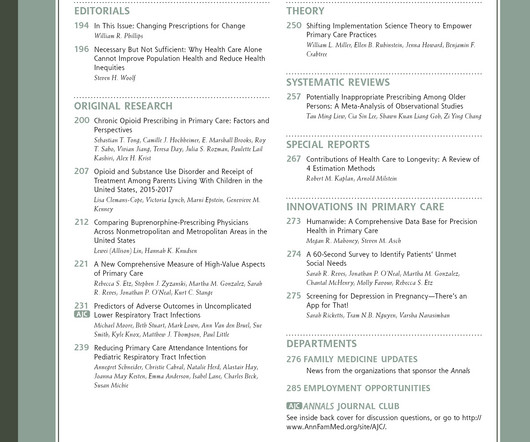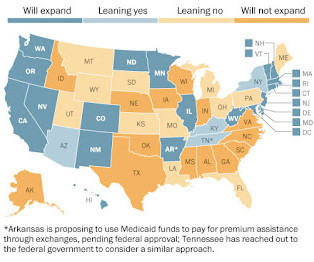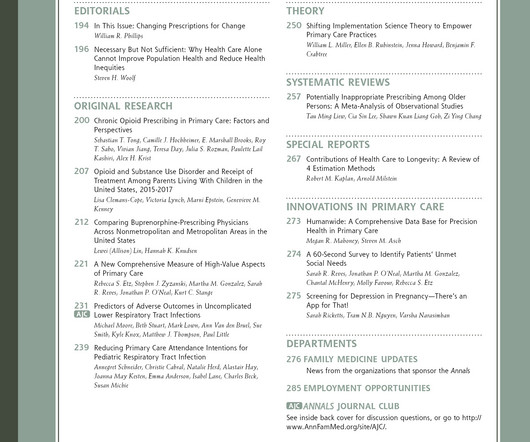Comprehensive and Focus Practice changes in the Family Physician Workforce in Ontario:1993-2022 [Population health and epidemiology]
Annals of Family Medicine
NOVEMBER 20, 2024
physicians who work <44 days per year with <5 patients per day) followed a U-shaped distribution, starting at 20.5% From 1993 to 2022, the average number of comprehensive primary care patient visits per physician steadily increased from 4,318 to a peak of 5,070 in 2010/2011, but then, gradually decreased to 4,215 in 2021/2022.











Let's personalize your content